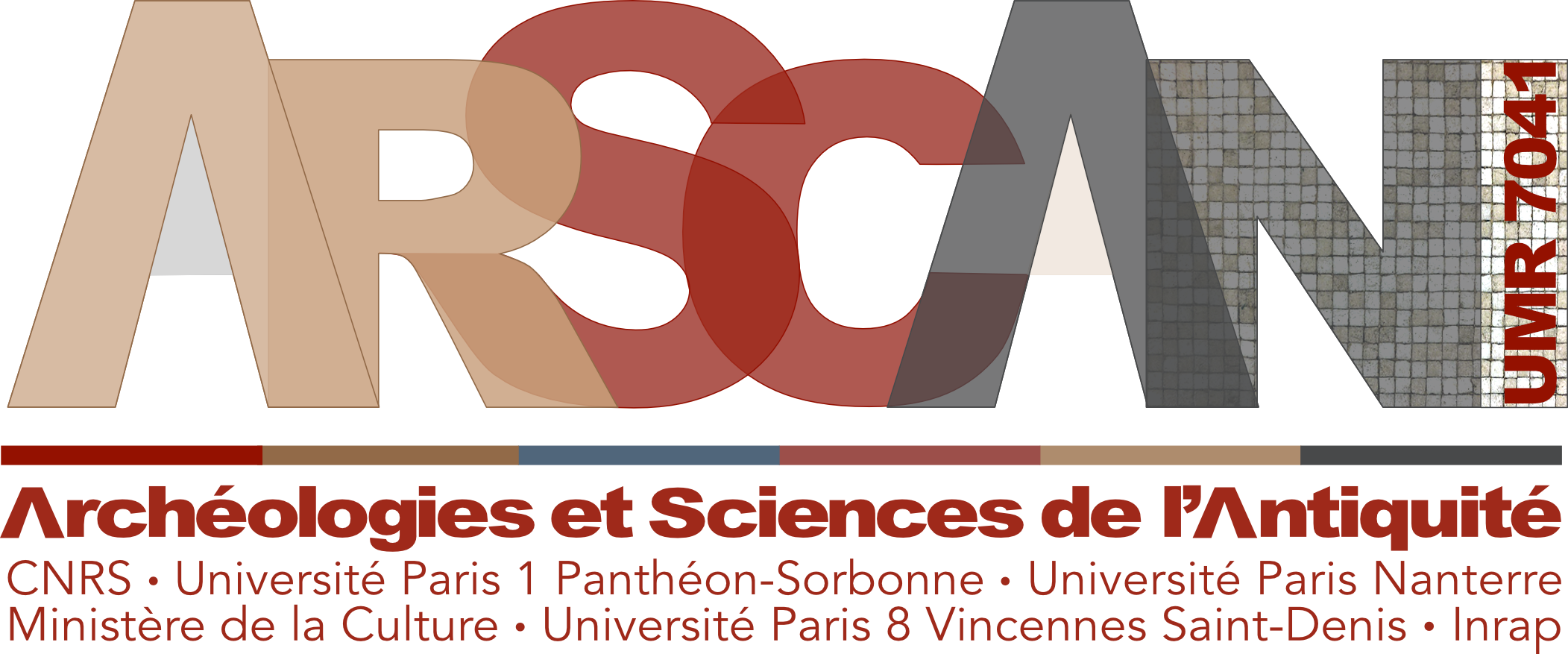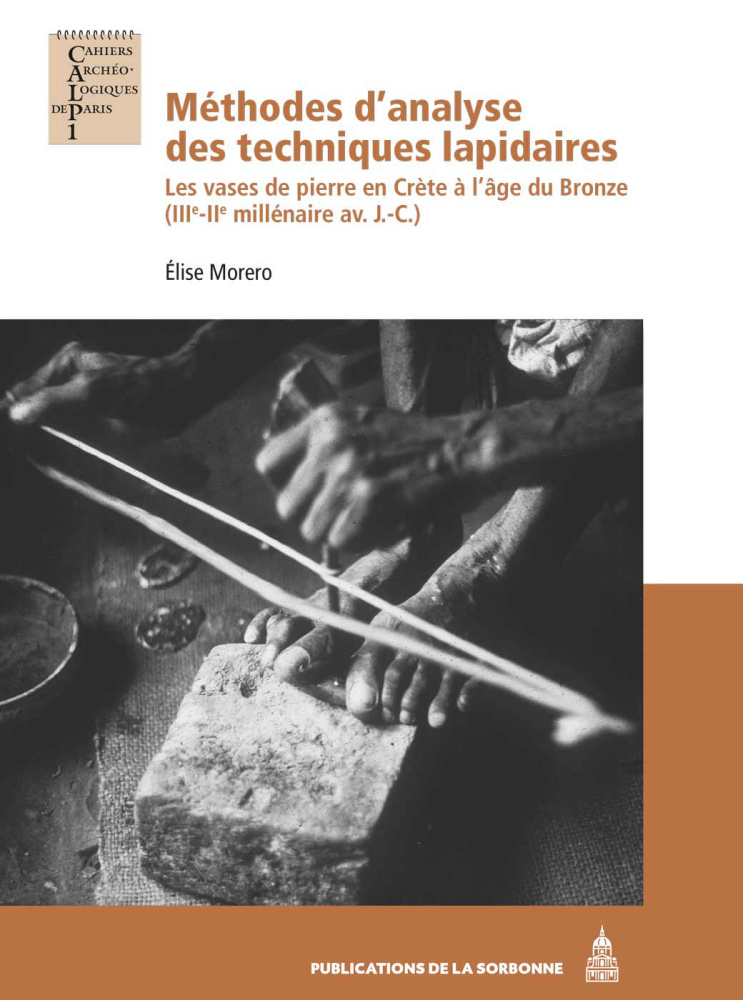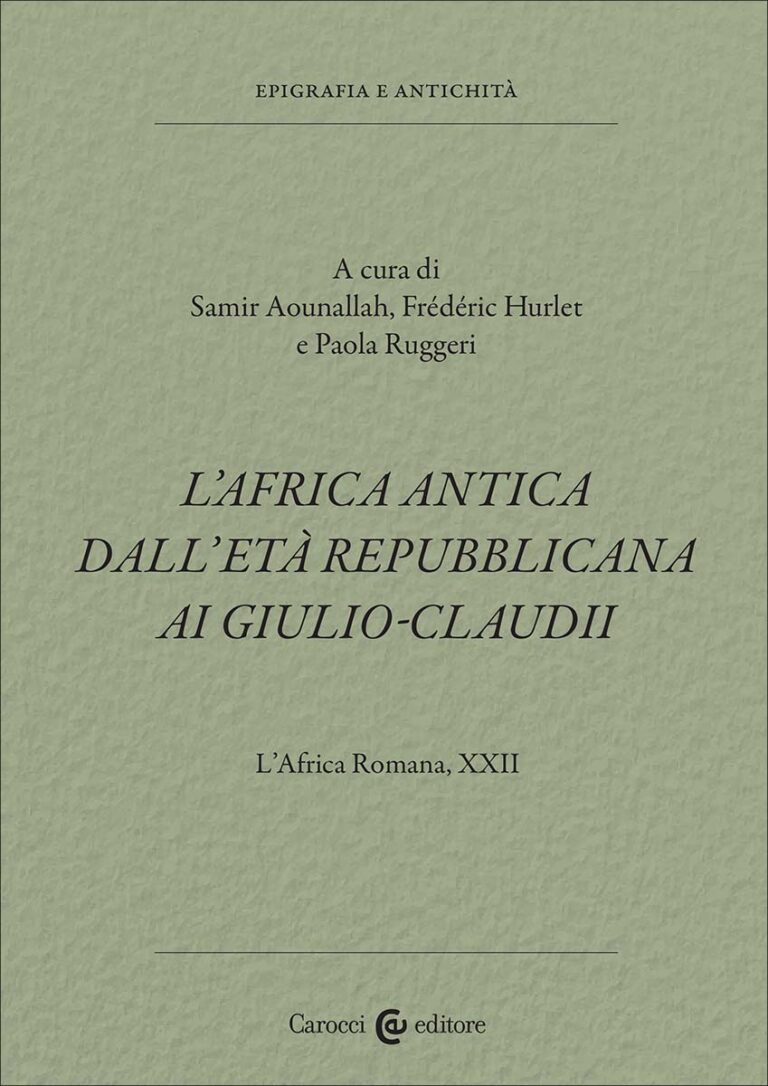Méthodes d’analyse des techniques lapidaires.
Cet ouvrage porte sur les techniques lapidaires de l’Âge du Bronze en Crète (IIIe -IIe millénaires), phase d’émergence et de développement du système palatial et des productions artisanales de luxe. Il s’agit de la première synthèse sur la technologie des vases en pierre, le plus souvent étudiés selon des approches morpho-stylistiques. Afin de reconstituer ces techniques, l’auteur a mis en place une méthode d’analyse interdisciplinaire des traces de fabrication. Des expérimentations, des observations macro- et microscopiques, des analyses tribologiques ont permis d’identifier les différentes chaînes opératoires de mise en forme, de forage et de polissage. Différentes techniques de forages ont été conçues pour réaliser les formes intérieures de vases bien spécifiques : ces savoir-faire se développent et se transmettent au sein d’ateliers spécialisés. Si une koiné technique caractérise la production, des particularismes locaux sont liés à des ateliers spécifiques, voire à des territoires techniques.
Une série d’innovations, comme l’emploi du forage tubulaire, apparaissent en Crète grâce à des contacts directs avec des artisans égyptiens. À l’encontre de l’idée reçue, selon laquelle les transferts techniques en Méditerranées orientale se font depuis un centre dominant vers la périphérie, la Crète pourrait avoir diffusé vers l’Égypte, à son tour, ses propres éléments techniques, comme un certain type de foret en bois.
Cet ouvrage s’adresse à tous ceux qui s’intéressent à l’histoire des techniques, aux méthodes interdisciplinaires de l’archéologie actuelle mais aussi aux spécialistes de l’âge du Bronze en Méditerranée orientale.
English version
The Bronze Age (3rd-2nd millennia) is a phase of emergence and development of the palatial system and the luxury craft productions in Crete. This first synthesis on the manufacturing processes of stone vessels, often considered according morpho-stylistic approaches, open new perspectives on the analysis of lapidary technology. To reconstruct these techniques, the author has developed an interdisciplinary method of analysis of manufacturing traces. Experimental reconstructions of the ancient processes, macro- and microscopic observations, tribological analyses allowed to identify different manufacturing sequences of shaping, drilling and polishing. Different drilling techniques were employed to achieve the internal shapes of specific vases: these know-how have been developed and transmitted in specialised workshops. If a technical koine characterises the production, local particularities appear, linked to specific workshops or “technical regionalisms”.
A series of innovations, such as the use of the tubular drill, appear in Crete through direct contacts with Egyptian craftsmen. Contrary to the idea generally spread that technical transfers in the eastern Mediterranean are unidirectional, from a dominant center to the periphery, Crete could also have transmitted to Egypt its own technical elements, such as a type of wooden drill bit.
This book is for all those interested in the history of technology, interdisciplinary methods of present archaeology but also for specialists in the Bronze Age eastern Mediterranean.
No posts





